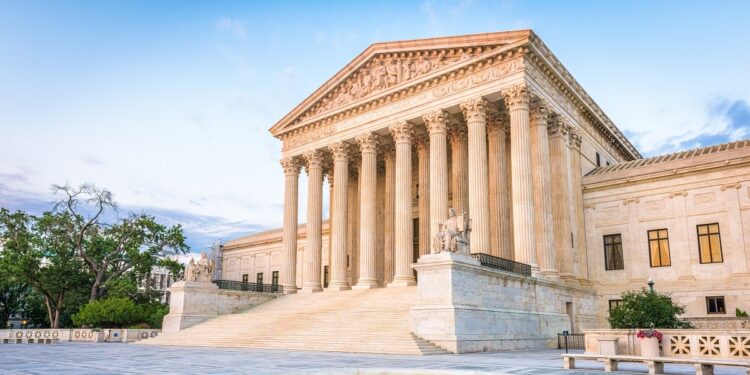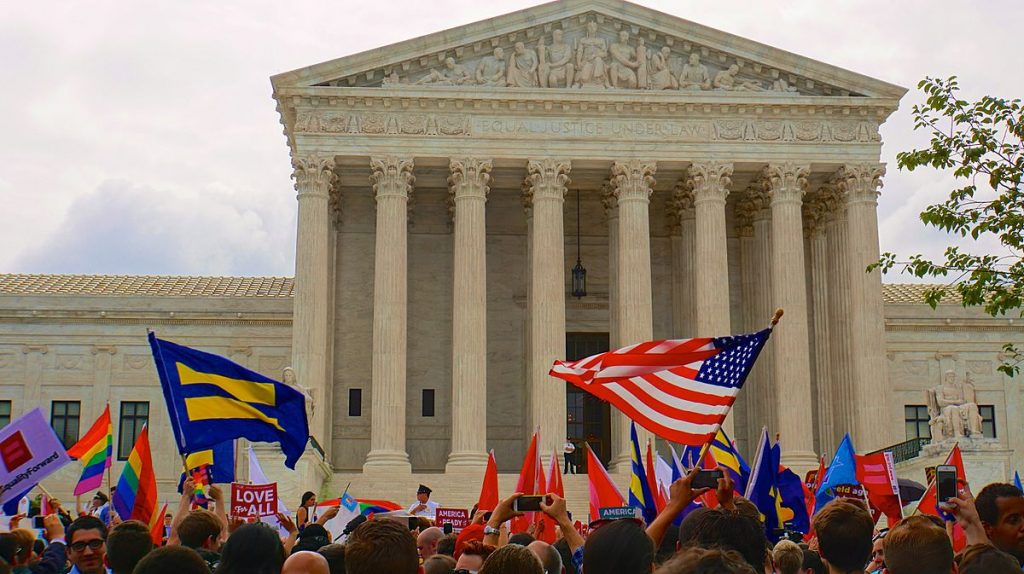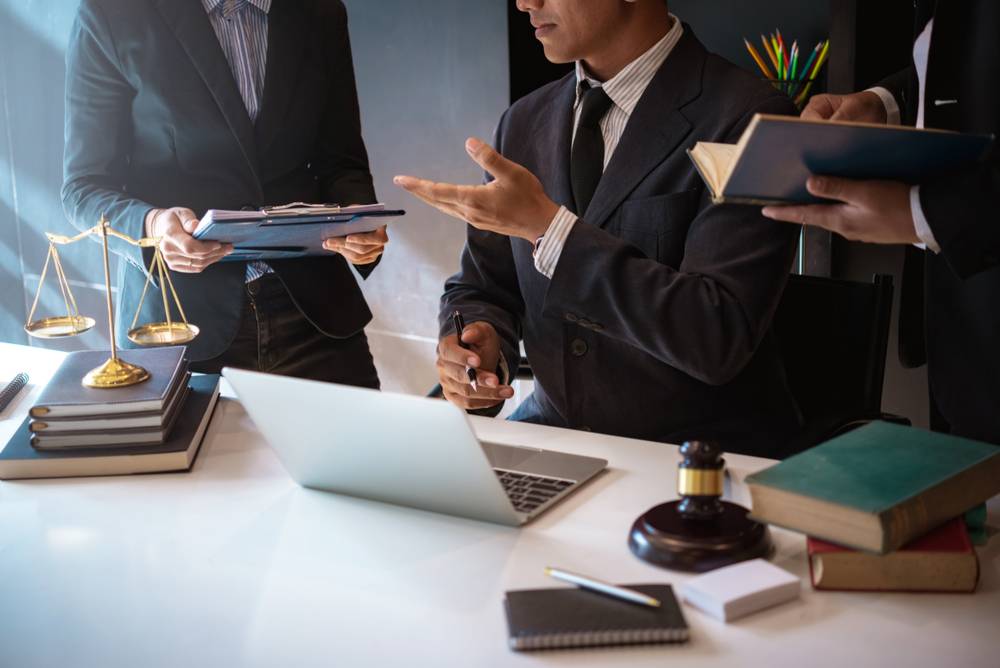The Supreme Court, serving as the highest judicial body in many nations (most notably the United States, given its historical prominence in constitutional law), wields immense power, acting as the ultimate interpreter of laws and the arbiter of constitutional disputes. Its decisions, often delivered after years of legal debate and societal evolution, are not mere rulings on individual cases; they are landmark pronouncements that frequently redefine fundamental rights, reshape governmental powers, and profoundly alter the trajectory of society for generations. These rulings often emerge from deeply contested social, political, and economic issues, reflecting the enduring tensions and evolving values of a nation. The impact of these pivotal judgments extends far beyond the courtroom, influencing public policy, informing future legislation, and serving as touchstones in the ongoing national discourse about justice, equality, and liberty. This article undertakes an in-depth exploration of the significance of Supreme Court landmark rulings, delving into their historical context, the criteria that elevate them to landmark status, their profound impact across various societal domains, the enduring debates they often ignite, and the intricate process through which they come to shape the very fabric of a nation.
The Significance of Landmark Rulings
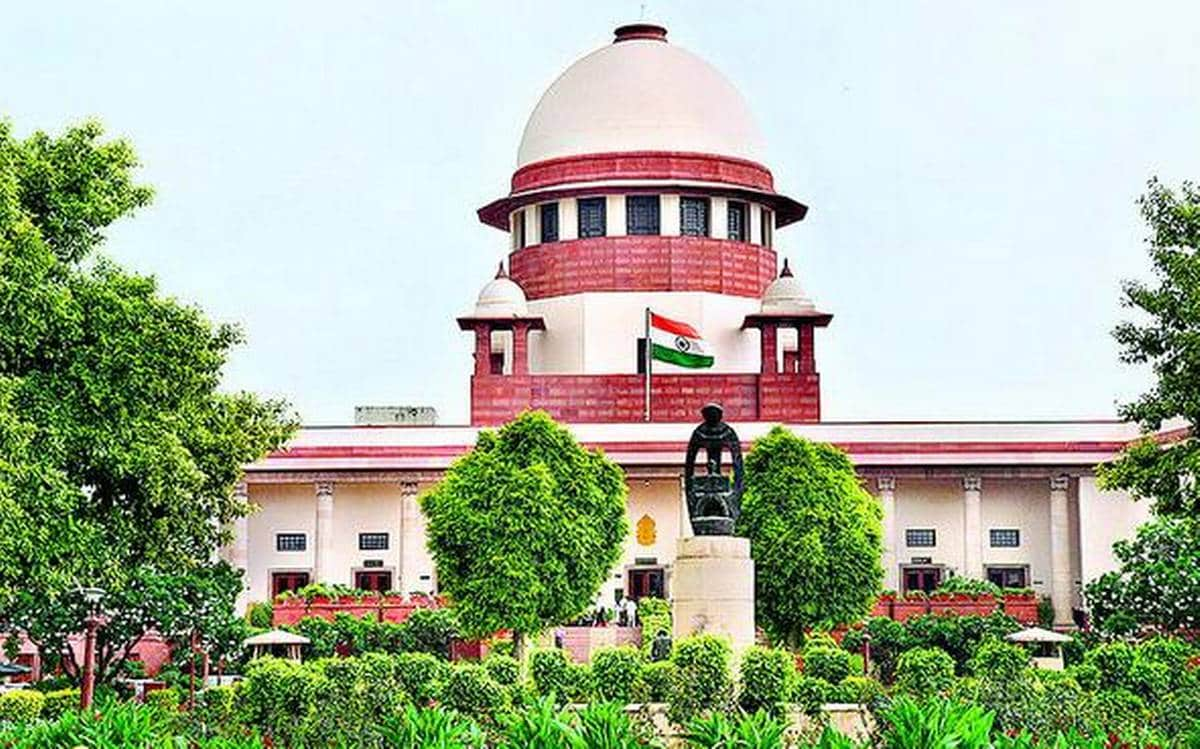
Not all Supreme Court decisions are created equal. A “landmark ruling” carries a weight and influence that sets it apart from the daily churn of judicial pronouncements.
A. Defining a Landmark Decision
A Supreme Court decision achieves landmark status when it:
- Establishes New Legal Precedent: It creates a new legal principle or significantly alters an existing one, setting a standard that future courts must follow. This principle often has broad applicability.
- Addresses Fundamental Constitutional Questions: It grapples with core interpretations of the constitution, often related to individual rights, governmental powers, or the balance of power within the federal system.
- Has Widespread Societal Impact: Its effects ripple throughout society, influencing daily life, public policy, economic practices, and social norms for a significant period.
- Generates Significant Public Debate: It often arises from highly contentious issues, sparking widespread public discussion, protest, and political reactions.
- Is Highly Cited and Referenced: Over time, it becomes a touchstone in legal education, future court cases, and political discourse.
B. The Role of Stare Decisis
Landmark rulings are powerful due to the legal principle of stare decisis, meaning “to stand by things decided.” This principle holds that courts should adhere to prior judicial decisions. While the Supreme Court can, and occasionally does, overturn its own precedents, it generally does so cautiously, recognizing the importance of stability and predictability in the law. This adherence to precedent means landmark rulings have a lasting, foundational impact.
C. Interpreting the Constitution
The Supreme Court’s primary role in landmark cases is often to interpret the Constitution. This involves:
- Originalism vs. Living Constitution: Judges often debate whether to interpret the Constitution based on the original intent of its framers (originalism) or as a living document that evolves with societal values (living constitution). This interpretive philosophy can profoundly affect outcomes in landmark cases.
- Judicial Review: The power of judicial review, established implicitly in Marbury v. Madison, allows the Court to declare acts of the legislative or executive branches unconstitutional. This power is often exercised in landmark rulings that strike down laws or executive actions.
D. The Court as a Reflecting Pool of Society
While the Court is supposed to be insulated from political pressures, its decisions are inevitably influenced by, and reflect, the broader social, economic, and political currents of the time. Landmark rulings often emerge when deeply divisive issues come to a head, forcing the Court to weigh competing values and rights.
Major Domains Shaped by Landmark Rulings
Supreme Court landmark rulings have fundamentally reshaped numerous aspects of society, from civil rights to economic regulation. Here, we highlight key areas, primarily drawing examples from the U.S. Supreme Court due to its extensive history of landmark decisions that have broad relevance to constitutional law and human rights globally.
A. Civil Rights and Equality
This area has seen some of the most transformative and contentious landmark rulings, often expanding rights for marginalized groups.
- Brown v. Board of Education (1954): This watershed decision declared state-sponsored segregation in public schools unconstitutional, overturning the “separate but equal” doctrine of Plessy v. Ferguson. It was a pivotal moment in the Civil Rights Movement, laying the legal groundwork for desegregation, though its implementation faced significant resistance.
- Loving v. Virginia (1967): Struck down state laws banning interracial marriage, ruling that such prohibitions violated the Equal Protection and Due Process Clauses of the Fourteenth Amendment. This affirmed the fundamental right to marry regardless of race.
- Obergefell v. Hodges (2015): Established that the right to marry is guaranteed to same-sex couples by the Fourteenth Amendment, making same-sex marriage legal nationwide. This was a culmination of decades of advocacy for LGBTQ+ rights.
- Dred Scott v. Sandford (1857): While a landmark, this ruling is infamous. It held that African Americans, whether enslaved or free, could not be American citizens and therefore had no standing to sue in federal court, and that the federal government had no power to regulate slavery in federal territories. It inflamed tensions leading to the Civil War.
B. Freedom of Speech and Expression
The First Amendment’s protection of speech has been constantly defined and redefined by Supreme Court cases.
- Tinker v. Des Moines (1969): Affirmed students’ First Amendment rights in public schools, famously stating that students do not “shed their constitutional rights to freedom of speech or expression at the schoolhouse gate.” It protected symbolic speech, like wearing armbands to protest the Vietnam War.
- New York Times Co. v. Sullivan (1964): Established a high standard for public figures to win libel lawsuits, requiring them to prove “actual malice” (knowledge that the information was false or reckless disregard of whether it was false). This significantly protected freedom of the press.
- Texas v. Johnson (1989): Ruled that flag burning is a form of protected speech under the First Amendment, even if it is offensive to many. This controversial decision highlighted the Court’s role in protecting unpopular expressions.
C. Criminal Justice and Due Process
Landmark rulings have significantly shaped the rights of the accused and the procedures of the criminal justice system.
- Miranda v. Arizona (1966): Established that criminal suspects must be informed of their right to an attorney and their right against self-incrimination before questioning (the “Miranda warnings”). This fundamentally altered police procedures.
- Gideon v. Wainwright (1963): Guaranteed the right to legal counsel for indigent defendants in felony cases, establishing that the Sixth Amendment’s right to counsel applies to state courts through the Fourteenth Amendment.
- Mapp v. Ohio (1961): Applied the “exclusionary rule” (prohibiting the use of illegally obtained evidence in court) to state criminal proceedings, strengthening Fourth Amendment protections against unreasonable searches and seizures.
D. Separation of Powers and Federalism
These cases define the boundaries of power between the branches of government and between the federal government and individual states.
- Marbury v. Madison (1803): This foundational ruling established the principle of judicial review, affirming the Supreme Court’s power to declare acts of Congress unconstitutional. It cemented the judiciary’s role as a co-equal branch of government.
- McCulloch v. Maryland (1819): Affirmed the implied powers of Congress under the “Necessary and Proper” Clause and the supremacy of federal law over state law. This bolstered federal authority.
- United States v. Nixon (1974): Ruled that executive privilege is not absolute and does not extend to withholding evidence relevant to a criminal prosecution, leading to President Nixon’s resignation. This demonstrated the limits of presidential power.
E. Privacy Rights
The concept of a constitutional right to privacy, though not explicitly mentioned in the Constitution, has been developed through landmark rulings.
- Griswold v. Connecticut (1965): Established a constitutional right to privacy in marital relations, striking down a state law banning contraceptives. The Court found this right within the “penumbras” of specific guarantees in the Bill of Rights.
- Roe v. Wade (1973): Recognized a woman’s constitutional right to an abortion, based on the right to privacy under the Fourteenth Amendment’s Due Process Clause. This was a highly controversial ruling that was later overturned.
- Lawrence v. Texas (2003): Struck down sodomy laws, ruling that laws criminalizing consensual same-sex sexual activity violated the Due Process Clause, further expanding privacy rights for LGBTQ+ individuals.
F. Economic Regulation and Commerce Clause
The Court’s interpretation of the Commerce Clause has profoundly shaped the federal government’s power to regulate the economy.
- Gibbons v. Ogden (1824): Broadly interpreted the Commerce Clause, giving Congress wide power to regulate interstate commerce, including navigation. This laid the groundwork for extensive federal economic regulation.
- Lochner v. New York (1905): Infamously struck down a state law limiting bakers’ working hours, asserting a “liberty of contract” derived from the Due Process Clause. This era of judicial activism against economic regulation was later largely repudiated during the New Deal era.
The Process of a Landmark Decision
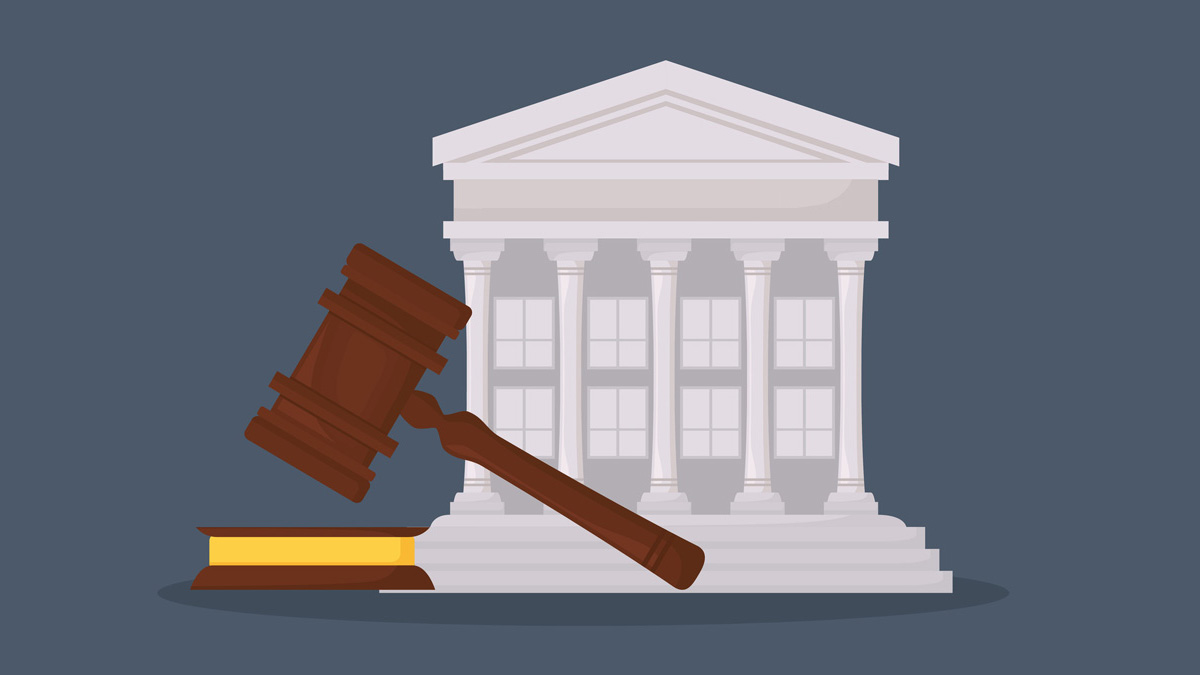
Landmark rulings are the culmination of a rigorous and often lengthy judicial process, involving multiple stages and influences.
A. Case Selection (Certiorari)
The Supreme Court receives thousands of petitions for certiorari (requests to review lower court decisions) each year, but only agrees to hear a small fraction (typically fewer than 100). Cases are chosen based on:
- Conflict Among Lower Courts: When different federal circuit courts or state supreme courts issue conflicting rulings on the same legal question.
- Constitutional Questions: Cases raising fundamental questions about the interpretation of the Constitution.
- National Importance: Cases addressing issues of significant national importance or public interest.
B. Briefing and Amicus Curiae
Once a case is accepted, parties submit written legal arguments (briefs). Crucially, interested third parties, not directly involved in the case, can submit amicus curiae (“friend of the court”) briefs, offering additional arguments, data, or perspectives. These briefs often play a significant role in landmark cases, demonstrating widespread support or opposition for a particular outcome.
C. Oral Arguments
Lawyers for each side present their arguments before the nine justices in a limited time (typically 30 minutes per side), engaging in a rapid-fire question-and-answer session with the justices. This is a critical stage where justices can clarify points, challenge arguments, and signal their initial thoughts.
D. Judicial Conference and Deliberation
After oral arguments, the justices meet in a private conference to discuss the case, express their views, and take an initial vote. The Chief Justice, if in the majority, assigns the writing of the majority opinion. If the Chief Justice is in the minority, the senior-most justice in the majority assigns the opinion.
E. Opinion Writing and Negotiation
This is a lengthy and complex process. The assigned justice drafts the majority opinion, which articulates the Court’s reasoning and the legal precedent established. Other justices in the majority can offer suggestions, request changes, or even threaten to write a concurring opinion if their concerns are not addressed. Justices in the minority may write dissenting opinions, explaining why they disagree with the majority’s reasoning and outcome. Concurring opinions agree with the outcome but for different legal reasons. This negotiation and debate shape the final language and scope of the landmark ruling.
Enduring Debates and Criticisms
Landmark rulings, especially those on contentious social issues, often ignite and sustain profound public and legal debates.
A. Judicial Activism vs. Judicial Restraint
A common criticism of landmark rulings is that they represent “judicial activism,” where critics argue that the Court is overstepping its role and legislating from the bench rather than merely interpreting the law. Proponents of judicial restraint argue that courts should defer to the democratically elected branches of government. The debate over Roe v. Wade and its eventual overturning in Dobbs v. Jackson Women’s Health Organization is a prime example of this tension.
B. Originalism vs. Living Constitution (Revisited)
The philosophical debate over constitutional interpretation directly fuels controversies around landmark rulings. Originalists argue that the Court should strictly adhere to the framers’ original intent, while proponents of a “living constitution” argue that the Constitution’s principles should be applied to contemporary societal values and challenges. Landmark cases often reveal these competing judicial philosophies.
C. Public Opinion vs. Constitutional Principle
The Court is not meant to be swayed by public opinion, but to uphold the Constitution. However, when landmark rulings address highly divisive social issues, there’s often a tension between what the Court decides and what segments of the public desire. This can lead to accusations of judicial overreach or undemocratic decision-making.
D. The Appointment Process and Politicization
The lifetime appointments of Supreme Court justices and the highly politicized nomination and confirmation processes often lead to concerns that the Court is becoming an extension of political parties, rather than an independent arbiter of law. This can erode public trust in landmark rulings, as their legitimacy is questioned.
E. Impact on Federalism
Some landmark rulings, particularly those that expand federal power or limit state authority, can reignite debates about federalism – the division of power between the national government and state governments. Critics might argue that the Court is undermining states’ rights.
The Enduring Legacy and Future of Landmark Rulings
The impact of Supreme Court landmark rulings is not confined to the past; it continues to shape a nation’s legal, social, and political landscape, constantly influencing its trajectory.
A. Foundation for Future Law
Every landmark ruling becomes a cornerstone for future legal developments. Lower courts apply its principles, lawyers cite it in arguments, and legislatures draft laws with its guidance in mind. It builds the jurisprudential edifice upon which a legal system stands.
B. Catalyst for Social Change
Landmark rulings can act as powerful catalysts for social change, even if their immediate implementation is slow. By declaring certain practices unconstitutional or certain rights protected, they provide legal legitimacy to social movements and accelerate progress on civil rights, equality, and justice.
C. Continuous National Dialogue
The issues addressed in landmark rulings often become embedded in the national consciousness, prompting ongoing debate and discussion about core values. They serve as touchstones in political campaigns, educational curricula, and everyday conversations about citizenship and rights.
D. Shaping Public Policy and Legislation
Governments at all levels must adhere to Supreme Court precedents. Landmark rulings often necessitate the overhaul of existing laws, the creation of new policies, or the re-evaluation of government practices to ensure compliance.
E. Global Influence
While specific to a nation’s legal system, the reasoning and outcomes of major Supreme Court landmark rulings (e.g., the U.S. Supreme Court’s decisions on human rights, free speech, or judicial review) are often studied and debated by legal scholars and judiciaries worldwide, sometimes influencing constitutional development in other countries.
Conclusion
Supreme Court landmark rulings stand as monumental pillars in the architecture of a nation’s legal system, far more than just case decisions. They are the fulcrums upon which fundamental rights are balanced, governmental powers are delineated, and the very definition of justice is continuously refined. Born from complex societal struggles, these judgments reflect a nation’s evolving values while simultaneously steering its course. Their impact is profound and enduring, reaching into every corner of public and private life, shaping individual freedoms, economic opportunities, and the balance of power that defines democratic governance.
The Supreme Court, through its landmark decisions, serves as a vital guardian of constitutional principles and a powerful, albeit sometimes controversial, engine of societal evolution. Its rulings are not simply legal pronouncements; they are indelible chapters in the ongoing narrative of a nation striving to define and live up to its highest ideals.

